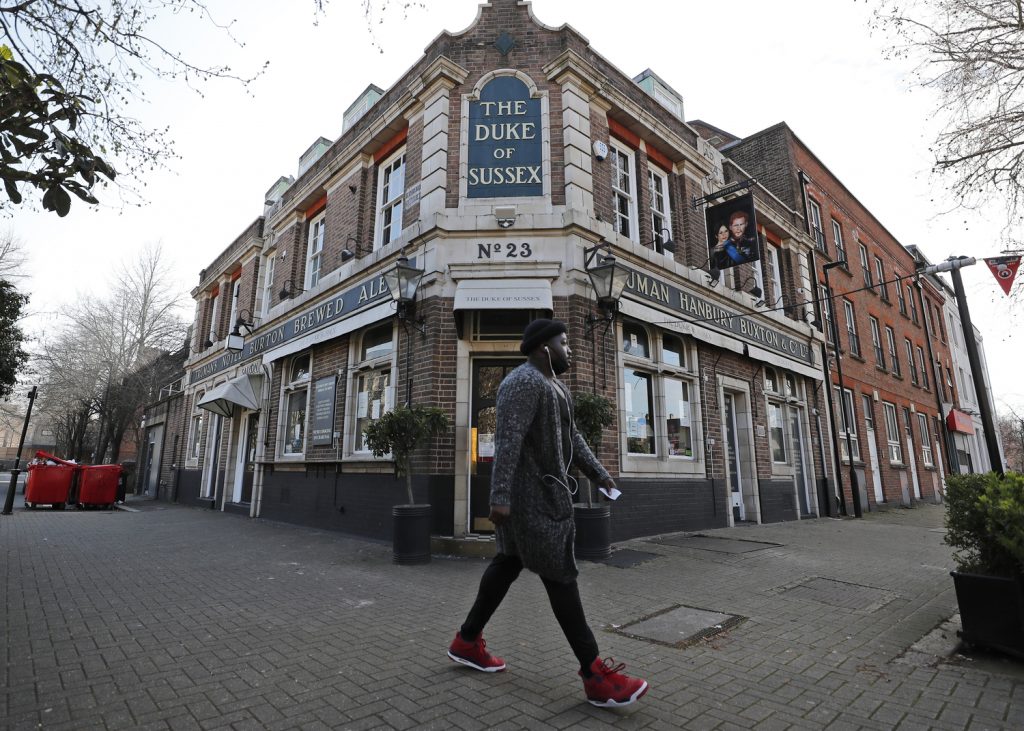Wyoming lawmakers eye cuts as way to reduce budget deficit
Written by Associated Press on March 9, 2021
CHEYENNE, Wyo. (AP) — Lawmakers in Wyoming are considering ways to reduce the state’s budget deficit in response to the economic downtown caused by the coronavirus pandemic, including changing the education funding model.
Senate leaders are expected to discuss the supplemental budget and education funding model this week, after the current revenue model has faltered because of declining demand in coal.
Senate President Dan Dockstader, a Republican, said last week that the state needed a “reality check,” the Casper Star-Tribune reported.
“Our obligation is to bring a balanced budget — and to live within our means — back to the state of Wyoming,” he said.
Last year, the Legislature approved the state budget with crucial revisions in response to the pandemic.
In May, state officials predicted Wyoming could face a $1.5 billion revenue decline through June 2022 in light of the pandemic and a downturn in oil and coal production. However, predictions were scaled back after
Republican Gov. Mark Gordon made substantial cuts to the budget and there was a slight recovery in energy activity over the past several months.
However, the state still has to address a multimillion-dollar shortfall in funding for K-12 public education.
Lawmakers have introduced some legislation intended to impose minor tax or fee increases, but none have made it to the House or Senate floors and others have yet to be heard.
Senate leaders said revenue bills should remain on the sideline because they are a premature fix in replenishing the state’s general fund.
“There is no way in the state of Wyoming with 500,000 people that you could raise enough revenue,” Senate Majority Floor Leader Ogden Driskill, a Republican, told the Star-Tribune on Friday. “We’re not going to have another stream like coal. It needs to come from a foundation of cuts.”
Republican Senate Vice President Larry Hicks concurred, saying the government needed to identify its “threshold” and resize before new revenue sources could be adopted.
“We’re going to resize government and find out where the floor is,” Hicks said. “Once we figure out where the floor is, if we lack the revenue stream, and people want something above that, that’s when we’ll have a very serious conversation about taxes.”

